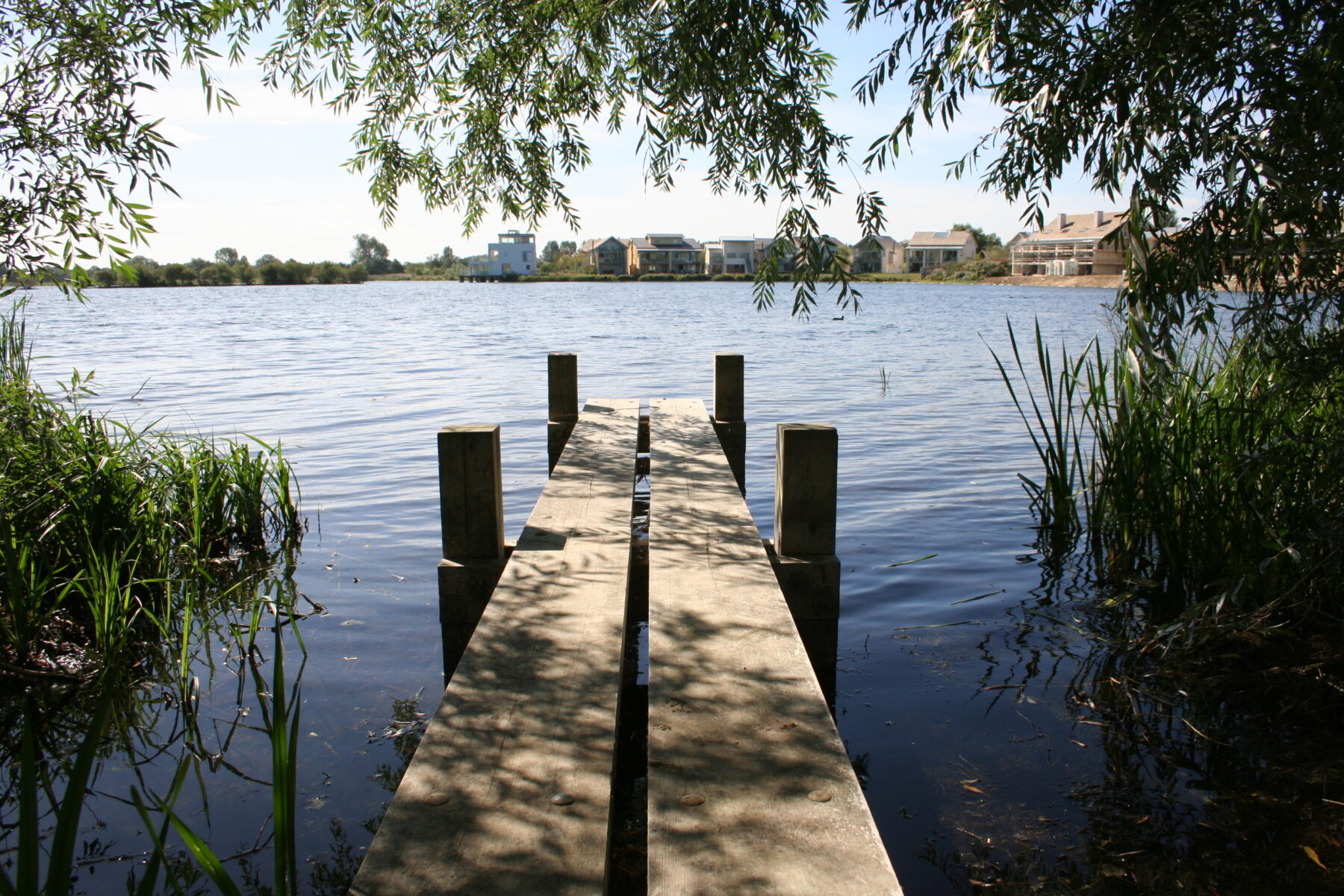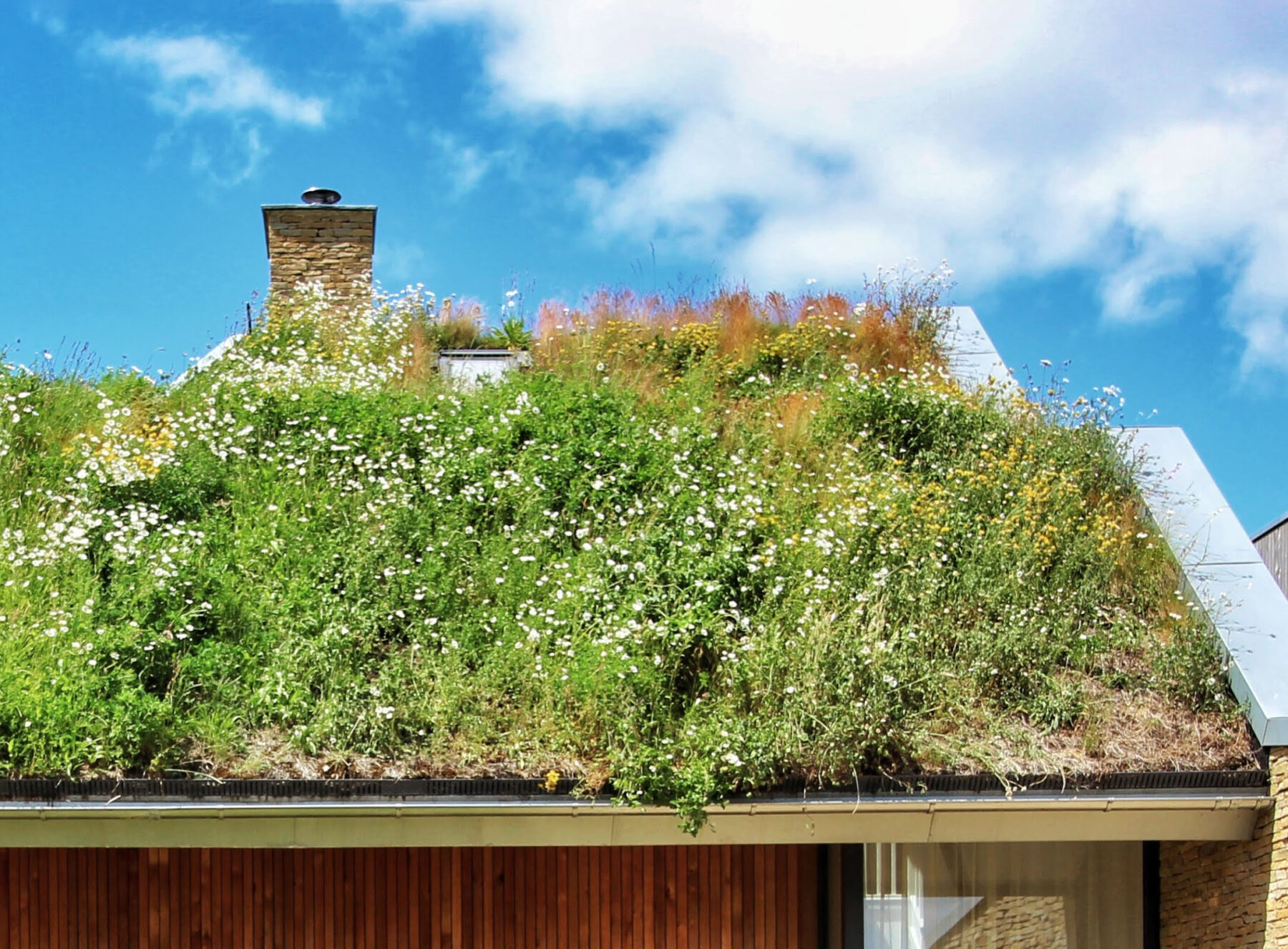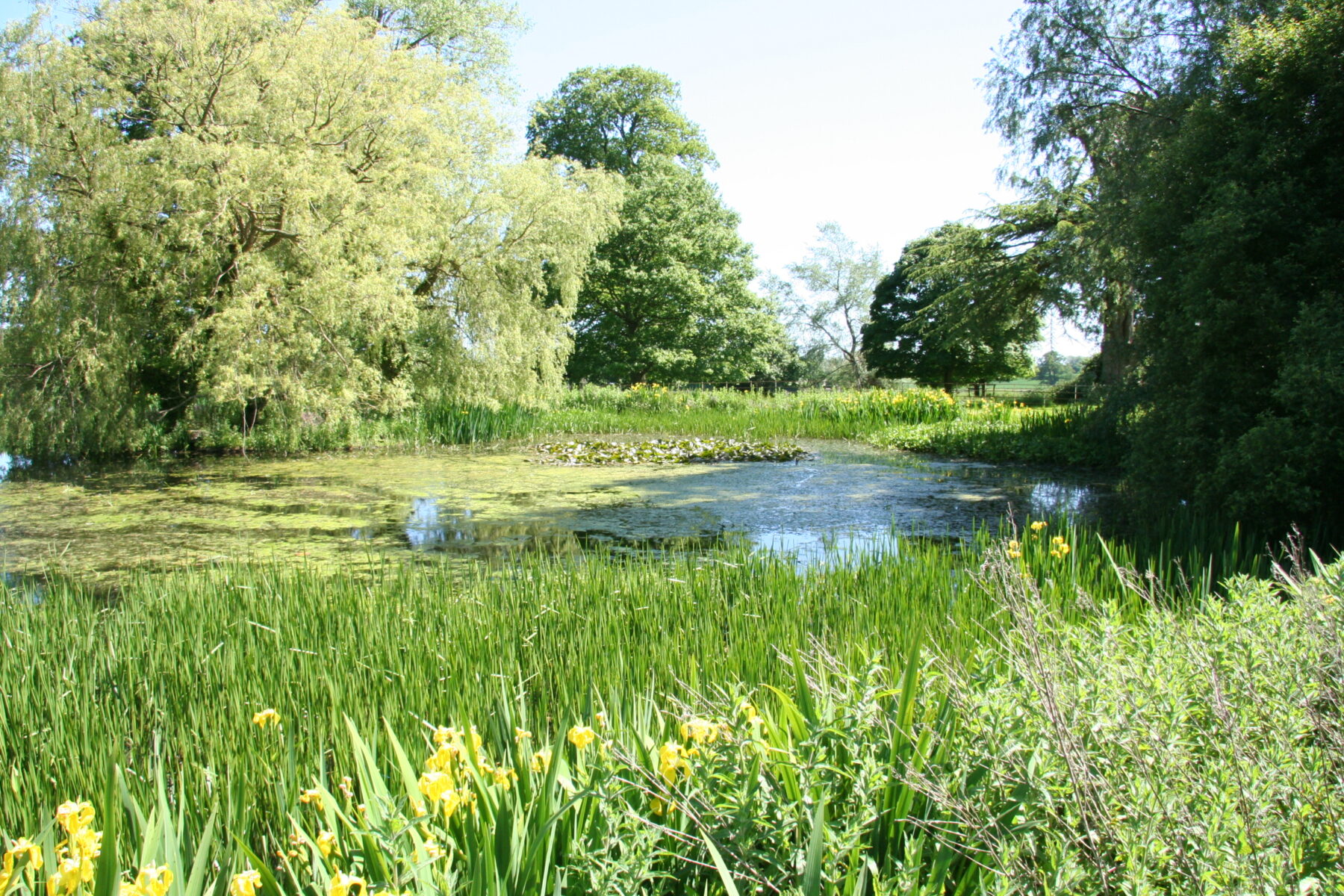Update on Bio Diversity Net Gain
Updates to the Biodiversity Net Gain (BNG) policy changes that are due later this year and will change the way that we, our clients, developers and stakeholders will need to address the development and design of their sites. Our blog shares the key points and considerations when considering BNG in the future.
It was really valuable to have The Landmark Practice Environmental Consultancy into the office recently to share an update on future developments in Biodiversity Net Gain (BNG) requirements and assessment, to ensure we are up to date with the upcoming legislation and able to best advise our clients.

BNG relates to the biodiversity value of a site. Ensuring this is considered at the outset of a project from site selection through to detailed design, achieving a positive BNG can not only give back to the ecosystem, local community and contribute to the improved physical and mental health of it’s users, it can save large financial penalties at a later stage when significant mitigation cannot be integrated into the design and has to be attained offsite.
BNG is quantified using ‘Biodiversity Units’ (BU) and a site should be assessed prior to and post development. Demonstration of BNG is already required by national planning policy (NPPF) however as we move towards November 2023 this will be legally enforceable under Environment Act 2021 to ensure a 10% uplift in value is achieved. The Defra Metric system is now more consistently being used to demonstrate these calculations.

When developing a site it is important to consider both the value attributed to the habitat on your site and how removing and replacing this can reduce your uplift. Having the right team to advise on this at an early stage will help key strategic decisions, i.e. understanding the importance of retaining and enhancing existing high quality habitat which provides greater value in your assessments vs. removing and replacing habitat with a new less valuable offering. This can have an effect on the developable area of a site and impact it’s potential. There are ways developers can mitigate this impact for example by increasing the red line boundary of a site in order to incorporate areas of habitat which can be retained and enhanced, creating areas of higher value biodiversity credit to offset against the developed areas of the site. This could also have implications on the strategic approach taken at planning, i.e. whether to submit separate applications on a large masterplan site to de-risk certain aspects or areas.
Ensuring we are up to date on industry changes enables us to anticipate the impact of the upcoming legislation and policy on our clients’ developments, take action ahead of time to integrate solutions at an appropriate stage of the design process and proactively engage with the positive benefits of BNG whilst resolving the challenges from the outset of a project.

Further detailed information on the Biodiversity Net Gain can be found via these links:
https://naturalengland.blog.gov.uk/wp-content/uploads/sites/183/2022/04/BNG-Brochure_Final_Compressed-002.pdf
https://www.gov.uk/government/collections/biodiversity-net-gain